Seawater Desalination (30T/D -2500LPH)
A 30-ton per day seawater desalination unit is a system designed to convert seawater into potable water. This equipment typically uses reverse osmosis technology, which involves pushing seawater through a semi-permeable membrane under high pressure to remove salts and other impurities, producing freshwater that meets drinking water standards. It is suitable for water-scarce areas or coastal cities, effectively addressing water resource shortages. The unit operates efficiently and has relatively simple maintenance requirements, making it suitable for large-scale applications.
Product Technical Specifications: 30Ton/D Seawater Desalination Unit
1. Capacity:
– Daily Production: 30 tons of freshwater
2. Technology:
– Desalination Method: Reverse Osmosis (RO)
3. Feed Water:
– Source: Seawater
– Salinity Level: Up to 35,000 mg/L
4. Output Water Quality:
– Drinking Water Standards: Complies with WHO and local drinking water regulations
– Total Dissolved Solids (TDS): <500 mg/L
5. Operational Parameters:
– Operating Pressure: 50-70 bar
– Temperature Range: 5°C to 40°C6. Energy Consumption:
– Power Requirement: Approximately 25 kW
– Energy Recovery System: Integrated for efficiency
7. Dimensions and Weight:
– Dimensions: [Insert dimensions]
– Weight: [Insert weight]
8. Components:
– Pre-treatment System: Multimedia filters, cartridge filters
– RO Membrane: High rejection membranes
– Post-treatment: UV disinfection or chlorination (optional)
9. Control System:
– Automation: PLC-based control with remote monitoring
– User Interface: Touchscreen display for easy operation
10. Maintenance:
– Frequency: Regular membrane cleaning and pre-filter replacement
– Service Requirements: Trained technician for annual maintenance
11. Certifications:
– Compliance: ISO 9001, CE, and other relevant certifications
This specification provides a comprehensive overview of the 30-ton seawater desalination unit intended for producing potable water.

 MBR Membrane
MBR Membrane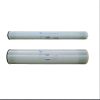 Reverse Osmosis Membrane
Reverse Osmosis Membrane Residential Ro Membrane
Residential Ro Membrane UF Membrane
UF Membrane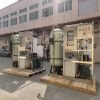 Water Treatment Plant
Water Treatment Plant Residential Ro Machine
Residential Ro Machine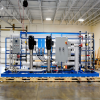 Brackish Ro System
Brackish Ro System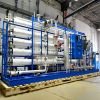 Sea water system/SW RO plant
Sea water system/SW RO plant Bag Filter
Bag Filter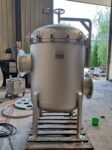 Cartridge Filter
Cartridge Filter Commercial Water Filtration System
Commercial Water Filtration System Membrane Cleaning System(CIP)
Membrane Cleaning System(CIP)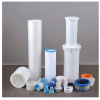 Consumables Accessories
Consumables Accessories
